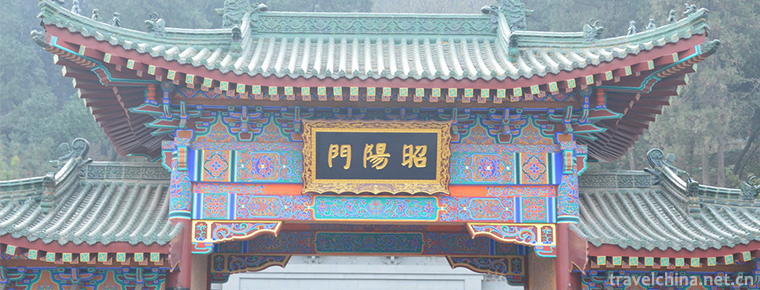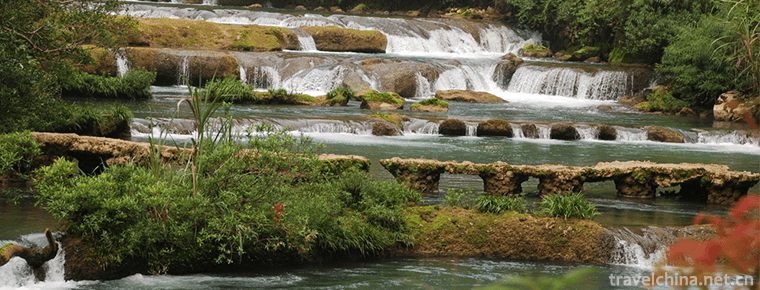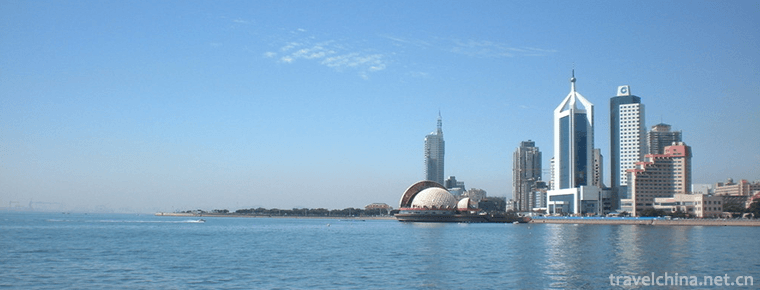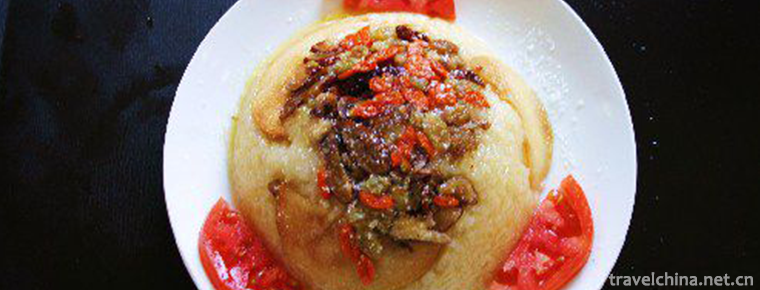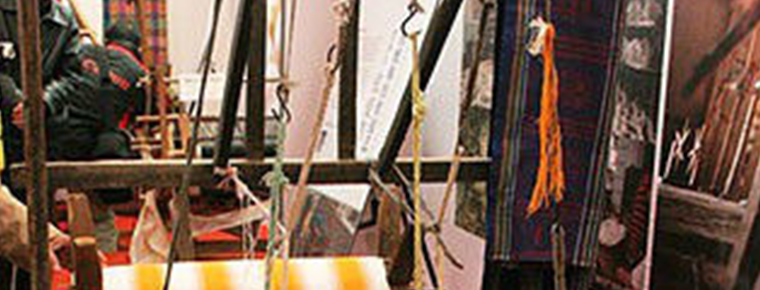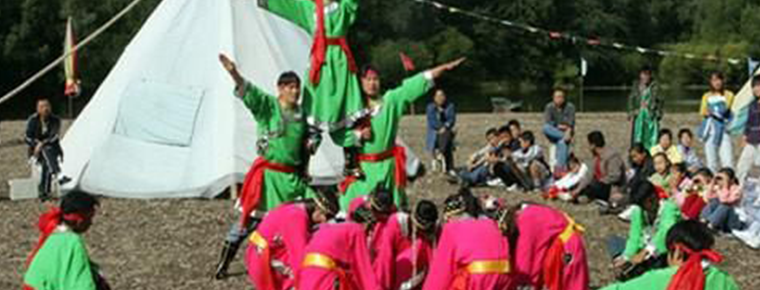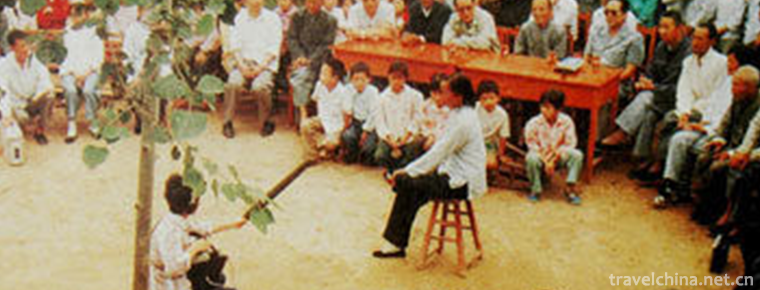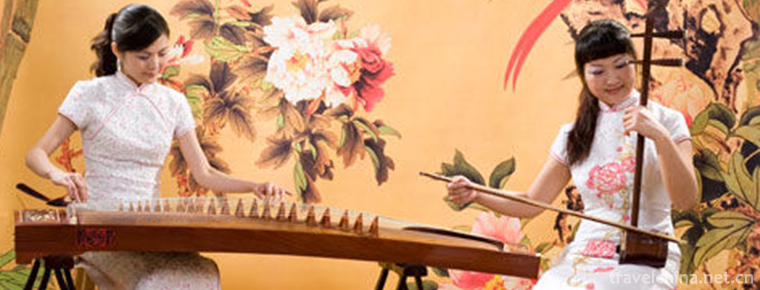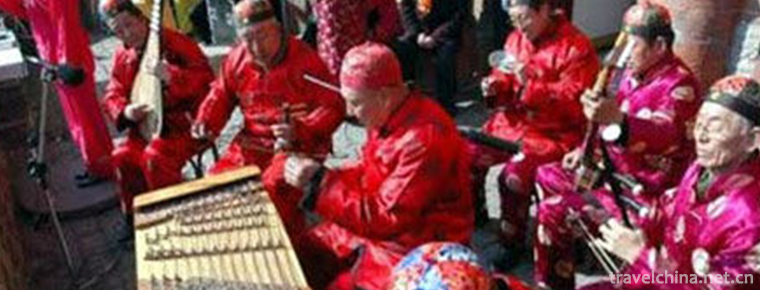Yibin cultural undertakings
Yibin cultural undertakings
By the end of 2019, there are 7 art performance groups, 2 art performance venues, 11 cultural centers, 186 cultural stations and 10 public libraries in Yibin cultural system. There are 1 provincial science and technology tourism demonstration base, 2 provincial industrial tourism demonstration bases and 1 Provincial Traditional Chinese medicine health tourism demonstration base. There are 12 museums, 10 cultural relics protection and management institutions, 17 national key cultural relics protection units, 48 provincial-level cultural relics protection units, and 215 municipal and county-level cultural relics protection units. The museum's Memorial Hall received 2 million visitors throughout the year. There are 4 national intangible cultural heritage, 29 provincial intangible cultural heritage and 53 municipal intangible cultural heritage.
By the end of 2019, there are 10 radio and television stations, 14 medium and short wave transmitting stations and relay stations in Yibin City. The comprehensive coverage rate of broadcasting is 97.6%, and that of television is 98.6%. In the whole year, 24.47 million local newspapers and 84 thousand periodicals were published.

-
Huaqing Pool Scenic Area
Tang Huaqing Palace is another palace for feudal emperors in Tang Dynasty. Later also known as "Huaqing Pool", located in Lintong District, Xi'an City, Shaanxi Province..
Views: 158 Time 2018-12-12 -
Libo Zhangjiang Scenic Spot
Libo Zhangjiang Scenic Spot is located in Libo County, Buyi and Miao Autonomous Prefecture, Guizhou Province, with a total area of 118.8 square kilometers. It is composed of big and small Qikong sceni.
Views: 182 Time 2018-12-12 -
Qingdao Seaside Scenic Spot
Qingdao Seaside Scenic Spot is the first batch of state-level scenic spots announced by the State Council in 1982, and also the first batch of national AAAA-level scenic spots..
Views: 234 Time 2019-02-07 -
Eight treasures fragrant glutinous rice
Babao Xiangnuo is a famous dish in Zhejiang Province. It is cooked with glutinous rice as its main ingredient. It has the characteristics of soft glutinous rice and fragrant teeth..
Views: 226 Time 2019-03-26 -
Traditional Cotton Textile Techniques
Chinese traditional textile technology has a long history. Since cotton was introduced from India in the 7th century, Chinese textile industry has changed from linen to cotton. .
Views: 220 Time 2019-04-19 -
Gulunmu Festival of Oroqen Nationality
The Oroqen ethnic group is one of the minorities with a small population in China. Since ancient times, it has multiplied and lived in the deep forest of Heilongjiang Valley and Xing'an Mountains.
Views: 148 Time 2019-04-28 -
Gell
"Gar", which means singing and dancing in Tibetan, also means "music and dance", because performing Gar has accompaniment of special instruments. On the staff roster of the Tibetan.
Views: 316 Time 2019-04-30 -
Gengcun Folk Stories
Gengcun Folklore Gengcun Folklore, the traditional folk literature of Gaocheng City, Hebei Province, is one of the intangible cultural heritage at the national level..
Views: 125 Time 2019-05-01 -
String Music Heze String Music
Heze string music is one of the second batch of national intangible cultural heritage announced by the State Council. It is a well-known traditional folk music in southwestern Shandong Province, and i.
Views: 228 Time 2019-07-01 -
Legend of Yin Jifu
The "Yin Jifu Legend" which was listed as the first batch of intangible cultural heritage in Hubei Province, made a sensation forum about "Chinese poetry ancestor, Taishi Yin Jifu of th.
Views: 181 Time 2019-07-13 -
Yulin Xiaoqu
The lyrics of Yulin Xiaoqu are integrated with elegance and vulgarity. In terms of language style and structure, there are not only words used by ordinary scholars, but also local dialects and dialect.
Views: 165 Time 2019-07-14 -
Chengdu Metro Line 1
Chengdu Metro Line 1 is the first metro line to be completed and put into operation in Chengdu, Sichuan Province, China. It is the first metro line opened in Western China. The first phase of the project was opened on September 27, 2010, The phase II project (Century City station to Guangdu station) .
Views: 115 Time 2020-11-28
